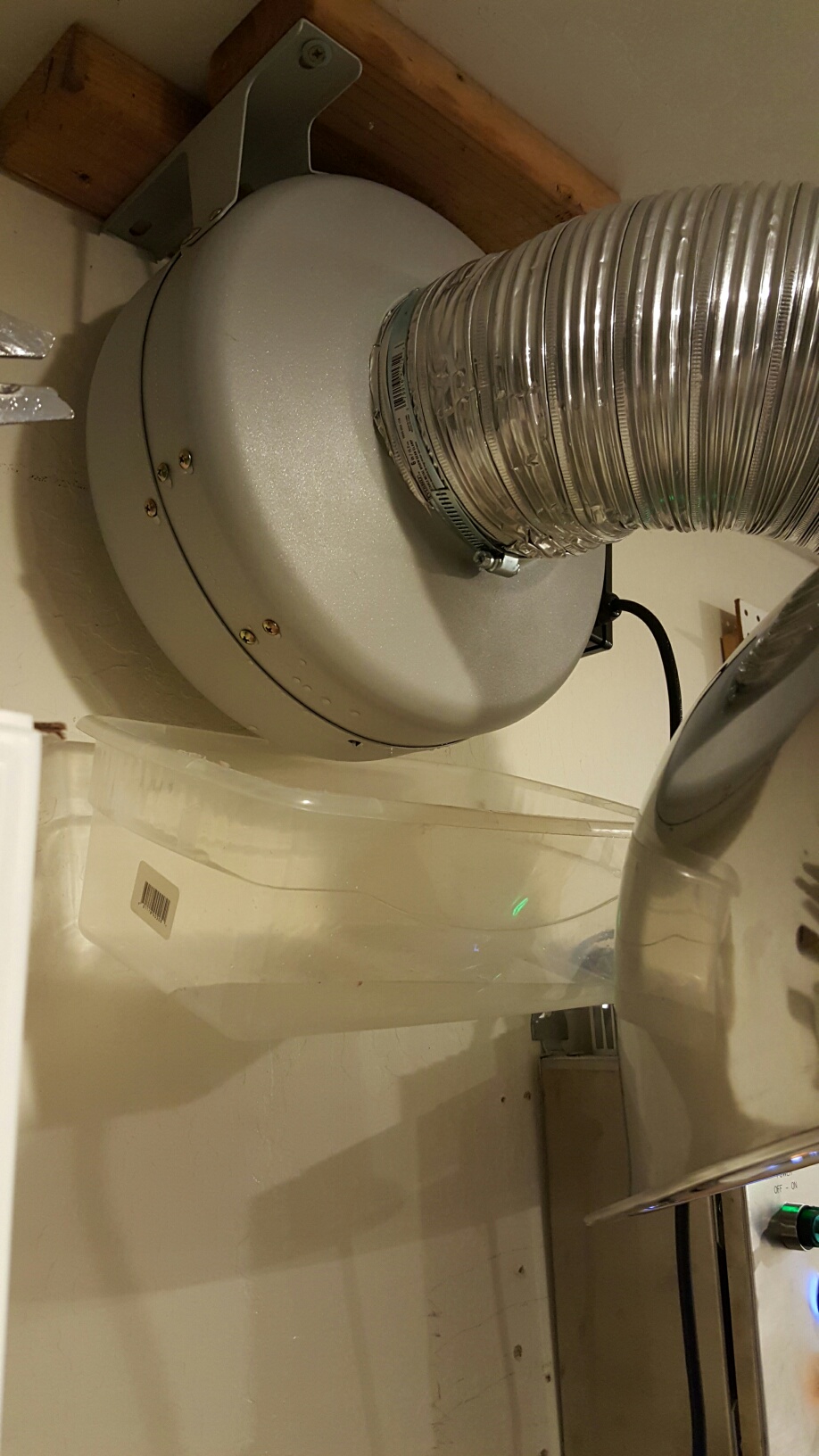steveoatley
someone has to fail, so the rest of you look good
I followed this thread
Built my own Easy & Cheap vent Hood
And i had tons of dripage - leaks - too much water
I moved up to a 6 inch fan, and it was a HUGE improvement !
I am not sure how so many of yous guys are getting away with a 4 inch fan?
More power to ya !
here is my thread - i hope it helps anyone who had the same problems
https://www.homebrewtalk.com/showthread.php?t=570312&page=4
my 2 cents, just trying to help
Steve
Built my own Easy & Cheap vent Hood
And i had tons of dripage - leaks - too much water
I moved up to a 6 inch fan, and it was a HUGE improvement !
I am not sure how so many of yous guys are getting away with a 4 inch fan?
More power to ya !
here is my thread - i hope it helps anyone who had the same problems
https://www.homebrewtalk.com/showthread.php?t=570312&page=4
my 2 cents, just trying to help
Steve







 And it isn't that noticeable against a polished surface either.
And it isn't that noticeable against a polished surface either.






